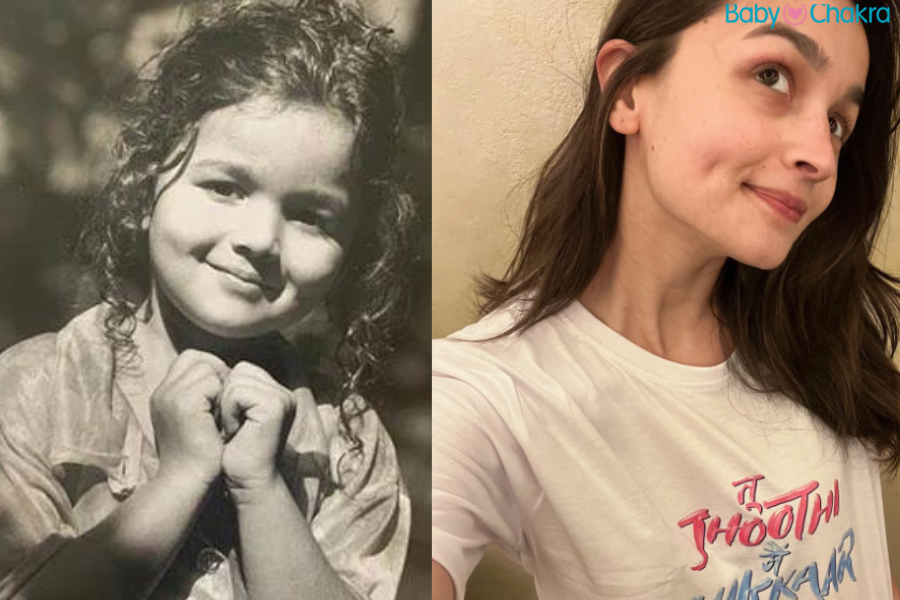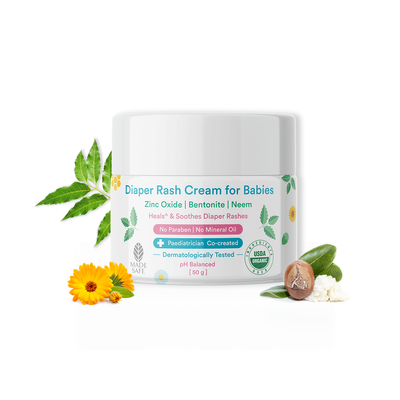
Dimples In Babies: Why Do Some Have Them While Some Don’t?
28 Apr 2023 | 3 min Read
Manisha Pradhan
Author | 1053 Articles
A baby’s smile is undeniably one of the most heartwarming sights you can witness. Add a pair of adorable dimples to that grin, and you’ve got a cuteness overload!
Dimples are undoubtedly charming, But have you ever wondered about dimples in babies and how and why some babies are born with dimples, while others aren’t?
These little dents might be more fascinating than you think. Read on to find out the reasons why babies are born with dimples.
What Are Baby Dimples?
You will be surprised to know that dimples are considered to be an imperfection, a developmental anomaly. Dimples are indentations on the cheeks.
Why Do Some Babies Have Dimples While Some Don’t?
Dimples are the result of a dominant gene called the “zygomaticus major.” This gene controls the development of the zygomaticus major muscle, which plays a vital role in facial expressions, especially when smiling.
Dimples form when there is a variation in the muscle’s structure, usually caused by a bifid zygomaticus major muscle or a shorter muscle attachment. This variation creates the characteristic indentation we know and love as dimples.
The Genetic Hand
Sometimes dimples are inherited from one or both parents. If a child has dimpled parents, there’s a good chance they’ll have dimples too! However, just like winning the genetic lottery, sometimes dimples can appear without any apparent family history. You can think of it as a sweet little surprise from the genetic fairy.

What Are The Different Types Of Dimples In Babies?
The Cheeky Clefts
Cheek dimples like the ones actor Alia Bhatt is famously known for, are the most common and well-known type, often associated with smiles and laughter. They usually appear symmetrically on both cheeks but can also be present on just one side.
The Chin Dimple
A chin dimple, also known as a cleft chin, is a less common type of dimple. It’s an indentation in the chin that’s present even when not smiling. Chin dimples are also a genetic trait and can be inherited from one or both parents.
Do Baby Dimples Change As They Grow?
While dimples can be a lifelong feature for some, they may not stick around forever in others. As a baby grows and develops, their facial muscles and structures can change, causing dimples to become less pronounced or even disappear entirely.
Some people may also notice their dimples becoming more apparent as they age and lose facial fat. Some babies with dimples may not have them as an adult. While a baby born without dimples may develop them later on as they grow.
Next time you see a baby with dimples, take a moment to appreciate the wonder behind those adorable dents. And if you’re lucky enough to possess a pair of dimples yourself, embrace your genetic gift and share your charming smile with the world!
Recommended baby products
Also Read:
13 Tips On Creating A Safe Environment When A Baby Starts Crawling
Bipasha Basu Loves Dancing With Daughter Devi: Benefits Of Dance And Music For Babies
Cover image source: Instagram
A


Related Topics for you
Suggestions offered by doctors on BabyChakra are of advisory nature i.e., for educational and informational purposes only. Content posted on, created for, or compiled by BabyChakra is not intended or designed to replace your doctor's independent judgment about any symptom, condition, or the appropriateness or risks of a procedure or treatment for a given person.


